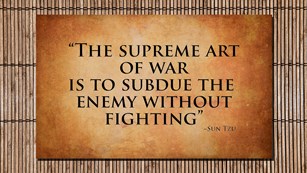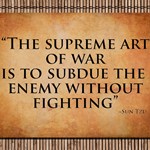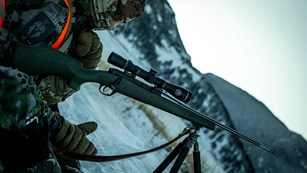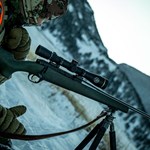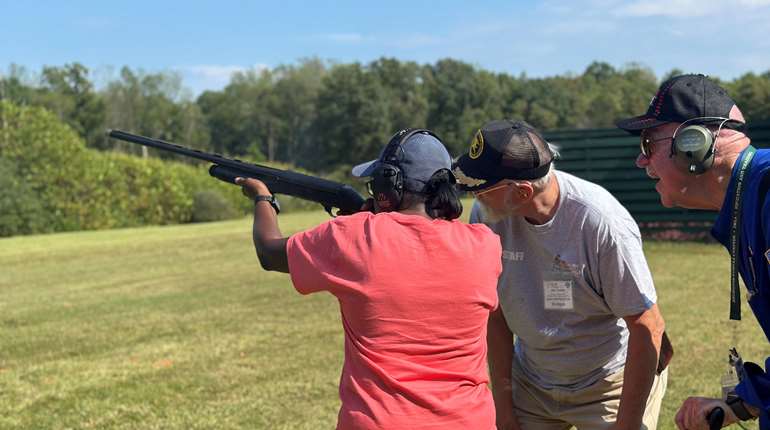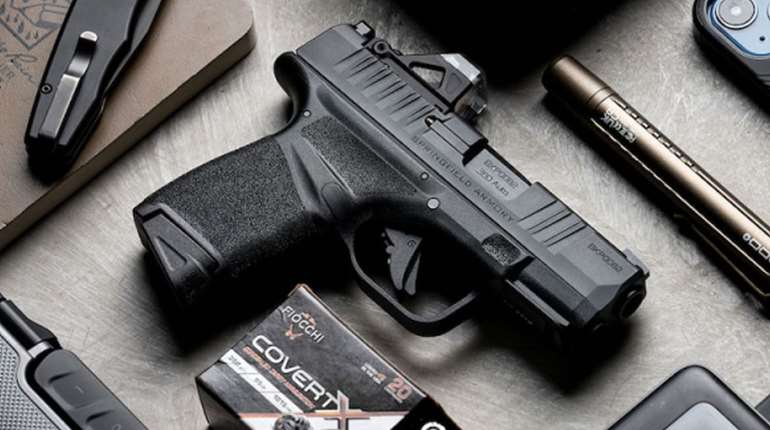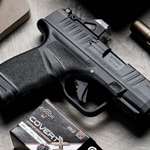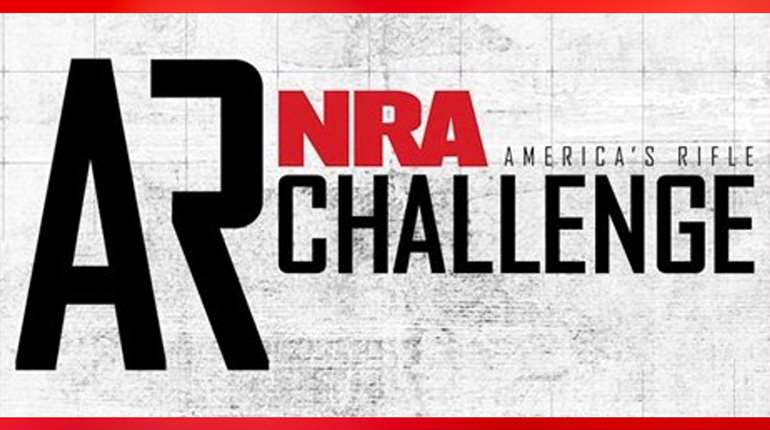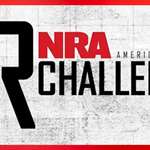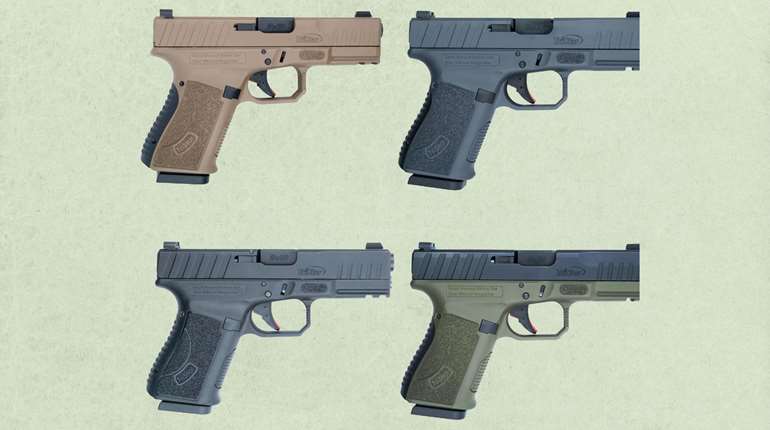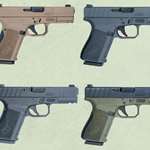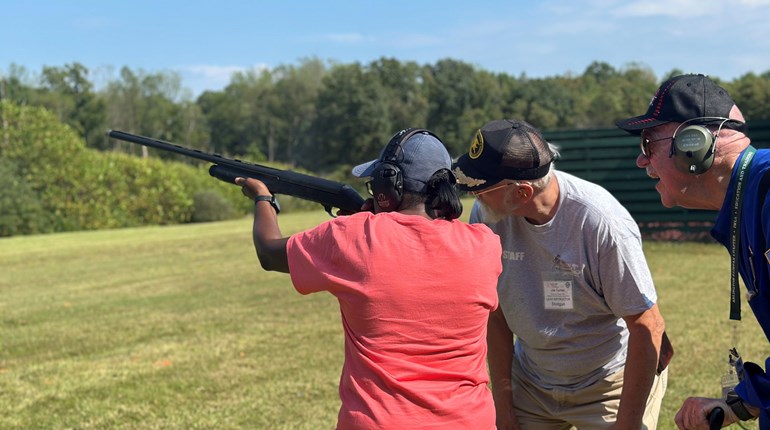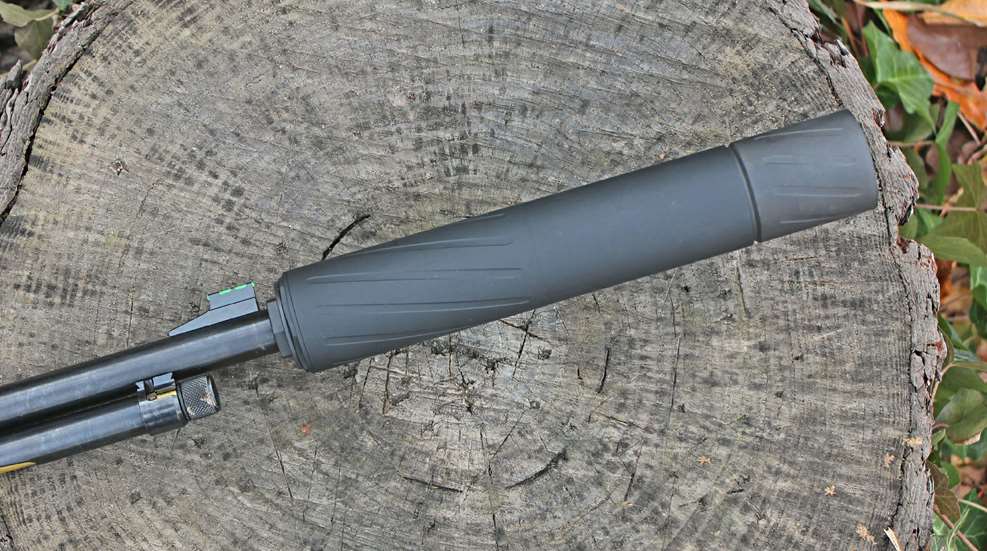
Simply stated, a sound suppressor is a device attached to the muzzle of a firearm to reduce the muzzle blast, or report, when fired. But as you may suspect, there's a bit more to it than that. In this post about Silencer Central suppressors, we touched on why shooting sports enthusiasts choose to use suppressors, and some of the legal hoops you have to jump through to own one. What you are about to read gets back to the basics, namely, why guns are loud in the first place and how suppressors can be used as part of a shooting system to reduce that noise to much more tolerable levels. The photos shown here include various models of Silencer Central's Banish series of suppressors.

Silencer Central’s Banish suppressor come in different configurations in order to accommodate various calibers of ammunition.
Silencers vs. Sound Suppressors
Many people ask what the differences are between silencers and sound suppressors. In truth, these are two different terms for the exact same type of muzzle device. Silencer is a brand name coined by Hiram Percy Maxim when he brought the commercially successful Maxim Silencer to market in 1909. Much as the brand name Kleenex has become synonymous with facial tissue, or Band-Aid with stick-on bandages, the descriptions of a noise reduction device as a silencer or a sound suppressor are often used interchangeably.

The Maxim Silencer was the first commercial sound suppressor. Image courtesy of ForgottenWeapons.com
The important thing to note is that a sound suppressor does not make a gun silent. There is still a report and it still sounds like a gun going off. But what these devices can do is reduce certain aspects of that gun noise, or suppress it, to a significant degree. The right gun, ammunition and suppressor combinations can be exceptionally quiet, but never completely noise-free. But hey, calling it the Maxim Silencer is a lot catchier in magazine ads than calling it the Maxim Not So Noisy Now.
What's All the Ruckus About?
Firearms get their name from the fact that their cartridges are, in fact, specialized explosive devices. When the primer at one end of the cartridge case is struck by a firing pin, the primer emits a spark into the charge of gunpowder contained within the cartridge. The gunpowder burns rapidly converting it from solid particles into very hot and rapidly expanding gases that can produce impressively high levels of pressure in a fraction of a second.
What firearm designers discovered centuries ago is that these high-pressure gases, much like water flowing downhill, will follow the course of least resistance. When a bottle-like cartridge is contained inside of a steel gun chamber, the pressure is tightly focused in one direction—out of the cartridge case mouth. And if there happens to be a bullet seated in the mouth of the cartridge when the powder is ignited, then the high-pressure gases will propel the bullet forward, through the barrel's bore and out into the atmosphere. In fact, when the pressure levels of propellant gases are high enough, the bullet can leave the barrel traveling faster than the speed of sound, or at supersonic velocities.


Hunters use suppressors with bolt-action hunting rifles, like the Howa 1500, to protect their hearing and to reduce noise pollution.
Because firearms work the way they do, there are potentially three sources of the noises we hear when they go off. One of them is supersonic bullets. Despite their relatively small size, bullets traveling at faster-than-sound velocities break the sound barrier. The result is a little, but loud, sonic boom. This is the source of the “crack” of a rifle report that hunters often hear ringing down the canyon when harvesting deer or elk.
The second component of the “bang” is the muzzle blast which is caused by the propellant gases. They are hot, tightly focused and moving quite quickly when they exit the muzzle. By comparison, the air around the muzzle is cold, thick and slow-moving. Imagine slapping your hand into a pillow. Your fast-moving hand and the stationary pillow are both relatively soft but you still get a fairly loud “thump” when they connect. It's the same when propellant gases collide with the atmosphere, only significantly louder. Managing this muzzle blast is where suppressors come into play, but more on that in a minute.

The Heritage Rough Rider Tactical Cowboy can only be partially suppressed due to the cylinder gap.
A third potential source of noise is dependent on a gun's action type. Some actions allow a portion of the propellant gases to leak out of the gun before reaching the muzzle. Perhaps the best example of this is a revolver, which has a gap between the rotating cylinder and the fixed barrel. As a result, revolvers essentially give you two “bangs” for your buck, one at the gap and another at the muzzle.
As to the age-old question of whether or not a revolver can be suppressed, the answer is that yes, it can be, but not completely. The Heritage Rough Rider Tactical Cowboy shown here is a single-action .22 LR with a threaded barrel. I've learned from a bit of hands-on experience that this revolver is noticeably quieter with a suppressor installed. But when it is fired side-by-side with a suppressed semi-automatic .22 LR pistol, like the threaded barrel Taurus TX22 Black T.O.R.O., the semi-automatics always win the contest of quietude because of the “pop” you get from a revolver's cylinder gap. So in nearly all cases, when a handgun is made to be suppressor ready, it's going to be a semi-automatic action.

Semi-automatic pistols, like the Taurus TX22, are much quieter with suppressors than revolvers.
That being said, there is an action-related noise that is unique to the semi-automatics. It's the clatter caused by a pistol slide or a rifle's bolt assembly slamming back and forth. Whether this noise is much of a concern for sports shooters depends on what they are striving to accomplish. But for those who want the quietest guns possible, rifles with manually operated actions, including hinged single shots, bolt-actions and lever-actions are the best options.

The Henry Frontier is exceptionally quiet with a Banish 22 suppressor attached to the muzzle.
Taking into account the three sources of gun noise discussed above, the rimfire rifle shown here is one of the least concussive suppressed rifles I've worked with so far, which earned it the nickname of The Quiet Frontier.
To eliminate the sonic boom portion of the bang that accompanies the use of supersonic cartridges, a firearm needs to be loaded with reduced velocity, or subsonic, ammunition. These cartridges launch bullets at around 1,000 f.p.s. or less. The Henry Repeating Arms lever-action Frontier rifle is chambered for rimfire .22 LR ammunition which is available in a variety of subsonic loadings. The vast majority of sound suppressors are designed to be used with supersonic ammunition so that the guns they are attached to can be used at full power. But the trade-off will be a louder report.

The second part of the bang is the propellant gases, or muzzle blast, striking the air. This particular version of the Frontier has a barrel with a threaded muzzle. This allows various muzzle devices to be twisted into place, including the Banish 22 sound suppressor shown here. The suppressor's job is to reduce the velocity of the muzzle blast. If the propellant gases enter the atmosphere at more of a leisurely stroll than at a dead run, the impact is significantly less noisy. Depending on the gun, ammunition and suppressor used, the muzzle blast noise reduction levels can be 20 to 30 decibels, or even more.

The .22 LR loads shown here are specifically designed for use with a sound suppressor.
Last, but certainly not least, the Frontier is a lever-action design that neatly addresses action-related noises. The bolt assembly remains locked shut when the rifle is fired, eliminating any bolt noise. All you hear from the action is the quiet snick of the hammer falling forward. And this action type also prevents any propellant gas leakage. All of those hot gases travel directly out of the muzzle and through the attached suppressor.
Getting Baffled (aka. How the Suppressor Works)
As mentioned earlier, a sound suppressor's primary function is to slow down propellant gases leaving a gun's muzzle to reduce the levels of noise generated when those gases contact the atmosphere.
But how exactly do they work? Don't let their simple tubular exteriors fool you. Over the years, the interiors of sound suppressors have been tinkered with extensively to maximize their noise reduction capabilities without negatively affecting down-range accuracy. This requires a just-right balance of internal dynamics for the ammunition being fired. If the gas flow is overly constricted it will knock the bullet around as it passes through the suppressor resulting in lousy accuracy. But if the gases are not restricted enough then the suppressor will be excessively noisy. Nevertheless, despite advancements in materials and manufacturing technologies, the general design principles applied by Maxim more than a century ago are still in use today.

Generally speaking, the interior of a sound suppressor employs two types of sound reduction features. They include expansion chambers and baffles. An expansion chamber is an open space that is larger than the bore of the barrel. This chamber provides room for propellant gases to expand which in turn causes them to shed a portion of their forward momentum.

This suppressor’s breech and end caps are removable to provide easy access to the baffle set for routine cleaning.
A baffle is a small barrier that diverts propellant gases from their straight-forward path. Although the bullet passes through a port cut in the center of the baffle, the gases hit the baffle and turn sideways causing them to swirl around inside of the suppressor for a short period before traveling out of the suppressor. Placing multiple baffles inside of the suppressor, one in front of another, increases the gas-slowing effects even more. The baffles can be individual components stacked on top of each other like paper cups, or, they can be incorporated into a single removable unit called a mono-core design. In the case of the latest and greatest monolithic 3D printed suppressors, the interior baffles and exterior tube are all the same piece of computer-designed and laser-welded metal.

Here are the components of the TX22 pistol shown in relation to the parts of the Banish 22 suppressor.
The layout of a given sound suppressor's interior is the “secret sauce” manufacturers use to promote and sell their products. You'll find models featuring a stretch of expansion chamber, near the muzzle, followed by a set of baffles. Some designs have been just one big expansion chamber while others contain baffles throughout. The materials used to build the suppressor are a selling point as well. Commonly used metals include various grades of aluminum, steel and titanium. Each benefits from different qualities in regard to its weight, elasticity, heat tolerances, corrosion resistance and cost of manufacture.
A good example of a typical modern rimfire suppressor design is the Banish 22, shown attached to the Henry, Heritage and Taurus firearms in the photos. This is one of the all-baffles models with a total of eight cup-shaped baffles filling the interior of the serial-numbered tube. The breach cap, which twists onto the threaded barrel, and the end cap, where the bullet exits the suppressor, are both removable allowing the Banish 22 to be completely disassembled for routine maintenance. This suppressor is wholly constructed from titanium making it lightweight (just 4.1 oz.), durable and easy to clean.
Parting Shots
Sound suppressors continue to gain in popularity with American sports shooters because of the benefits they provide. Not only do they reduce ear-damaging levels of noise, but they can also noticeably reduce muzzle flash and levels of felt recoil. These days, suppressors are available in an impressively broad selection of makes, models and configurations. But as with any shooting sports endeavor, suppressing firearms is all about balancing the various features against your particular needs and budget. So, take the time to do your homework before buying to ensure you get the best fit for your buck.

